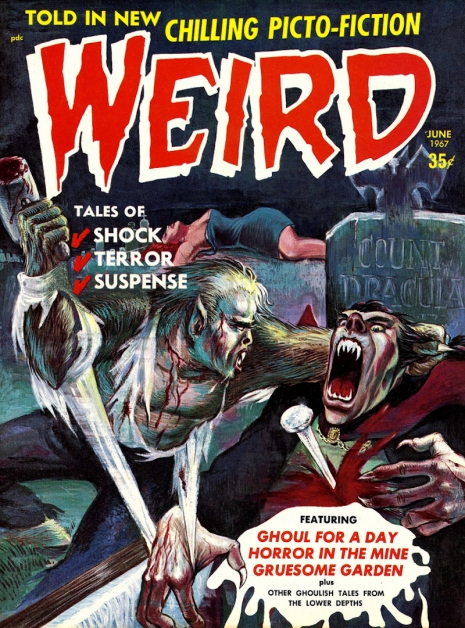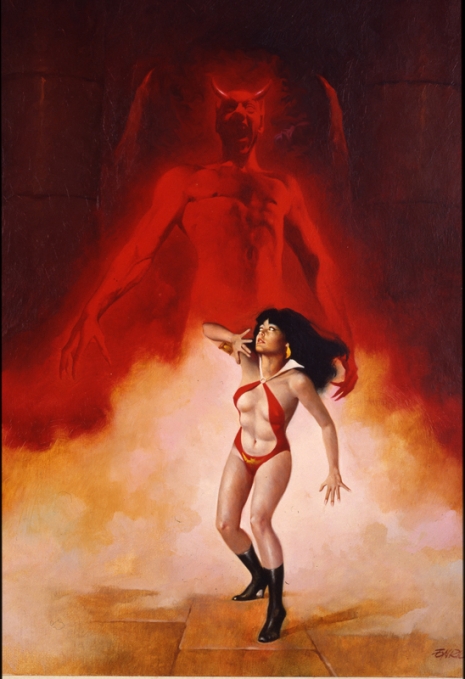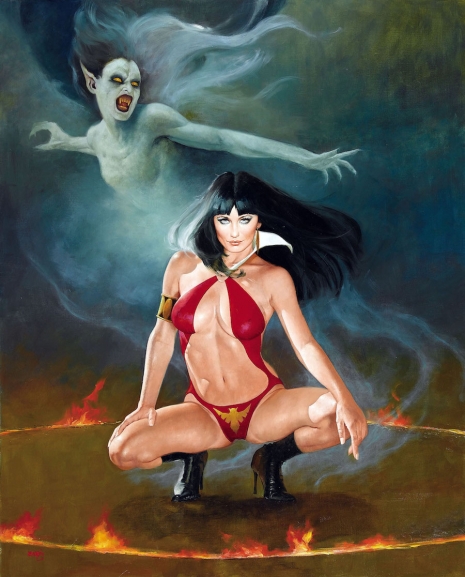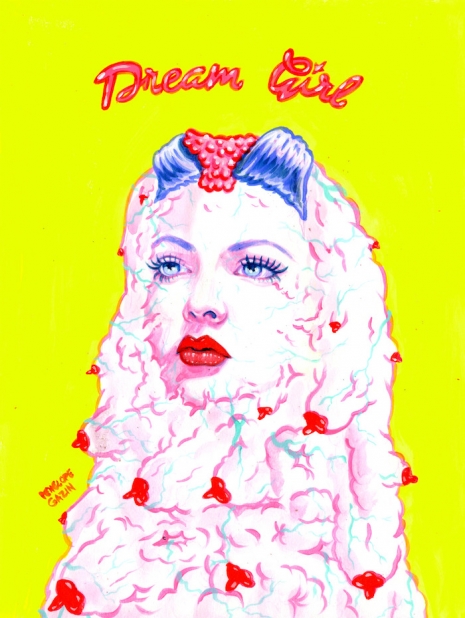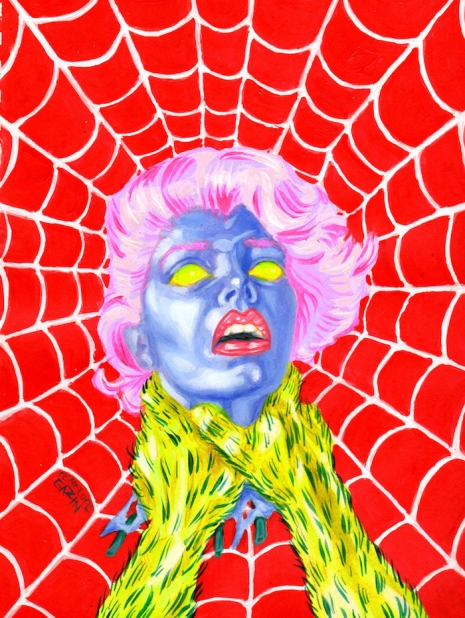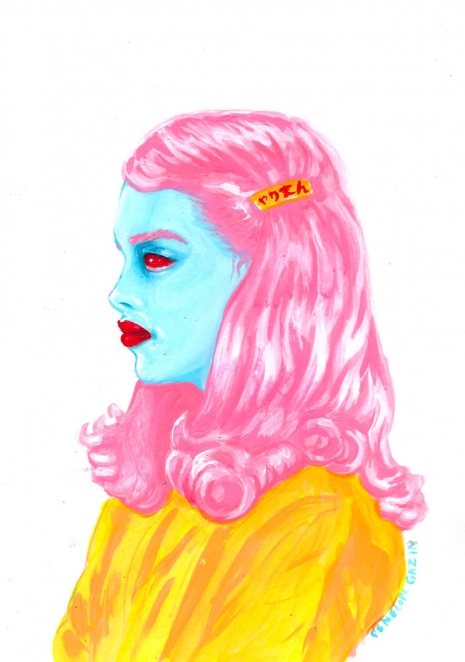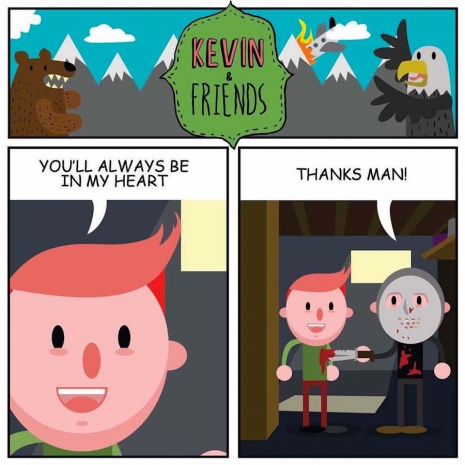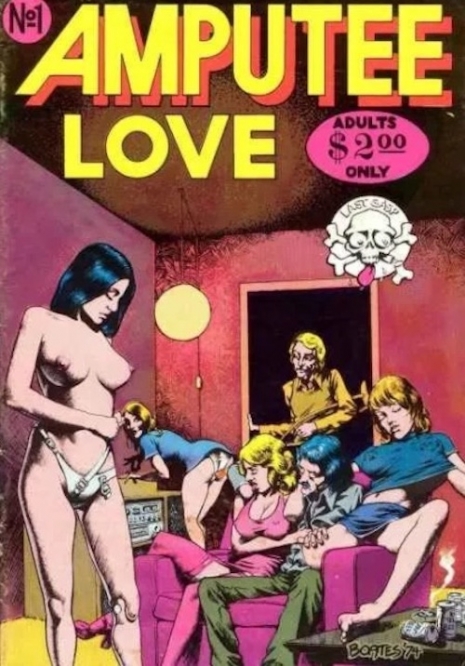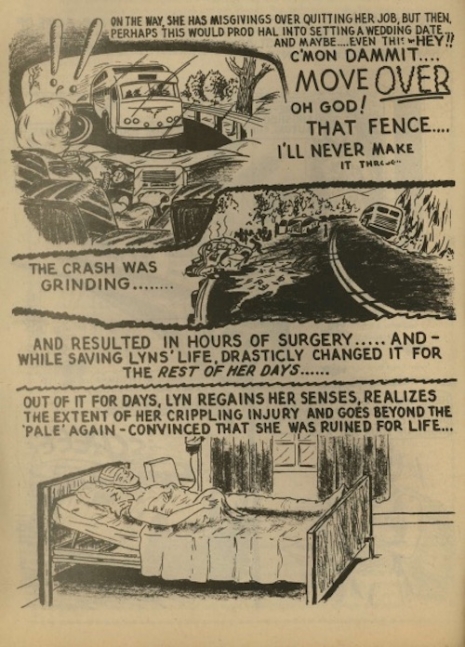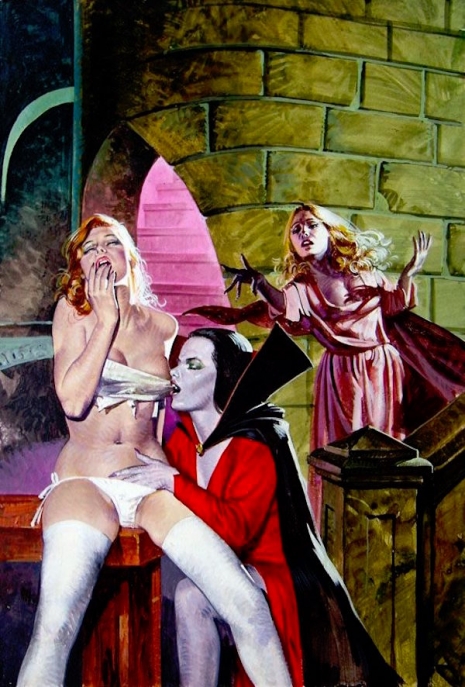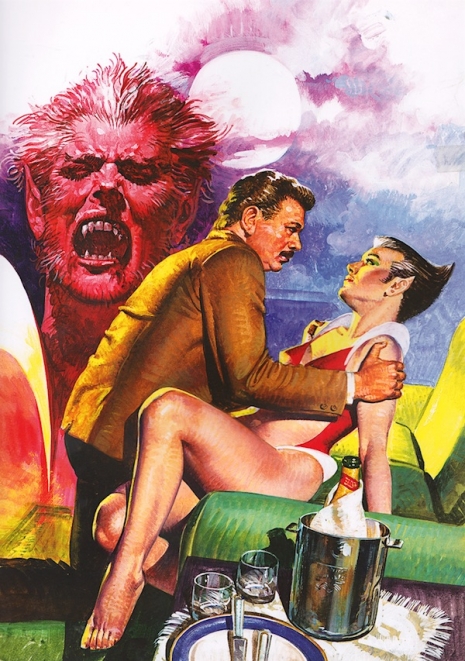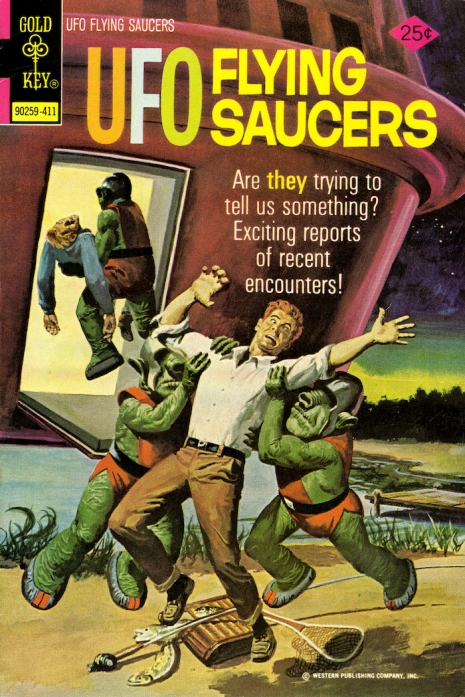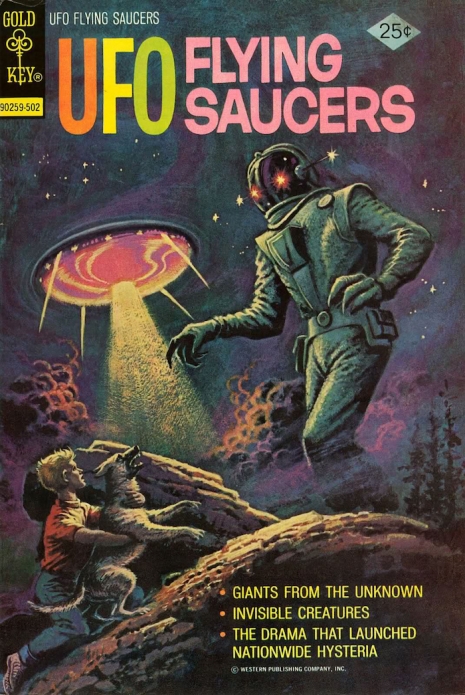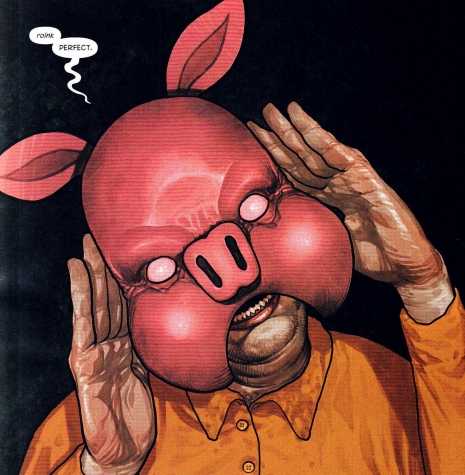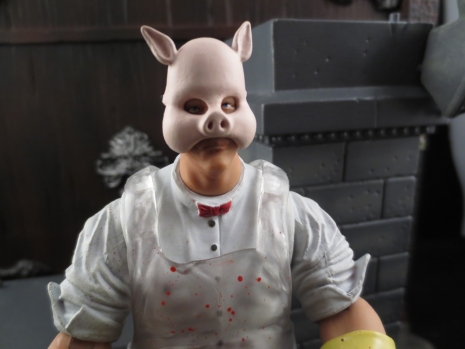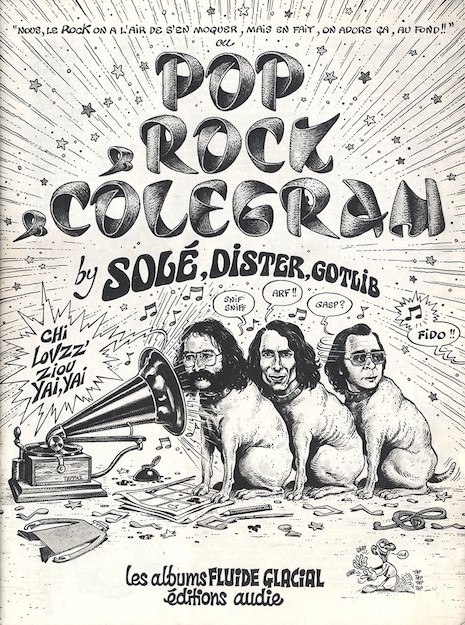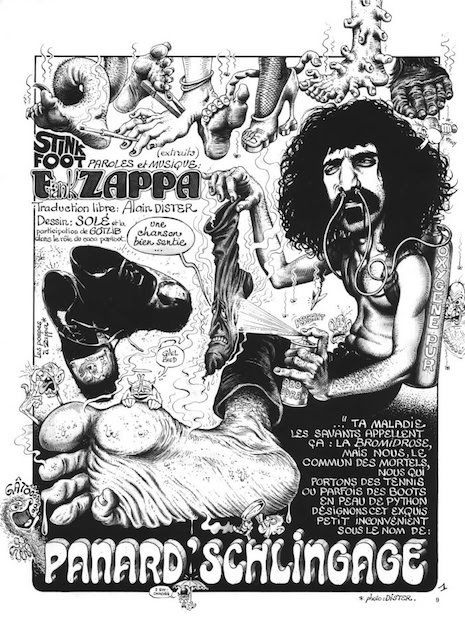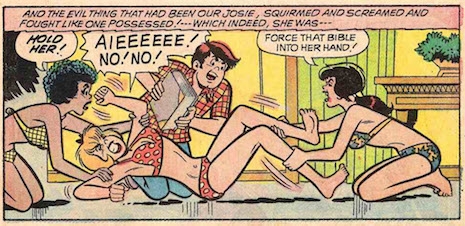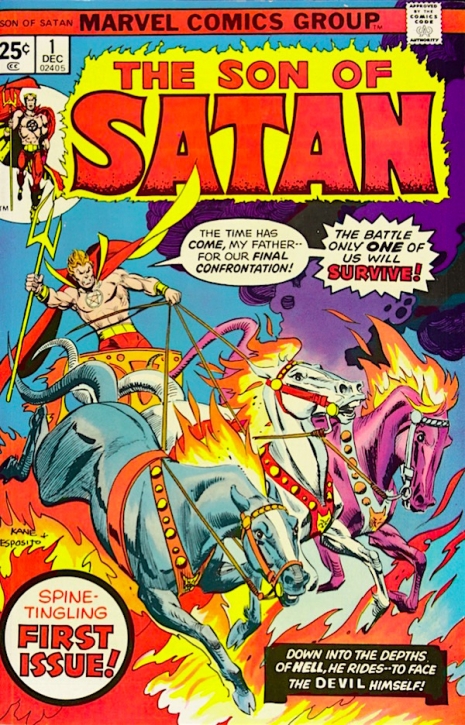
Three little words can change everything. Think of all the times you’ve said “I love you,” or “I hate you,” or even just asked “How are you?” and then experienced the sometimes dramatic or emotional events that followed.
On April 8, 1966, TIME published three little words on the cover of its magazine that changed lots of things: “Is God Dead?”
No one knew the answer to this question for sure but in a growing secular world, it seemed at least a very real possibility.
With no God, there was a gap in the market, and Satan looked the most likely to fill it. A string of books and movies like Rosemary’s Baby, The Devil Rides Out, and The Exorcist appeared to answer TIME’s question. Satan was no longer the poster boy for drug-addled weirdos, Satan was now big business.
In the early 1970s, Marvel Comics supremo Stan Lee followed the trend for all things horror and the occult. Under Lee, Marvel shifted away from the more traditional good guy superheroes into far darker and more ambiguous characters. In a decade of Vietnam, civil rights battles, bloody assassinations, and growing student protest, web slingers and men in tin suits just didn’t cut it so well with the audience. In came Ghost Rider, The Tomb of Dracula, Werewolf by Night, and The Monster of Frankenstein—all produced by a team of talented artists and writers that included Roy Thomas, Gary Friedrich, Mike Ploog, Gerry Conway, Archie Goodwin, Gardner Fox, Marv Wolfman, Joe Maneely and, of course, Stan Lee. His hunch for a shift away from superheroes had been right and these comics sold extremely well.
But Lee had a bigger and even more dangerous idea—if vampires and werewolves sold well then why not go for the big kahuna himself? Lee wanted to do a comic book based on Satan. He wanted the Prince of Darkness to be the comic’s star and hero. He broached the idea with writer Roy Thomas. Thomas had reservations right away. This idea was going to be big trouble and who needs that kinda shit? But Tomb of Dracula sells. Thomas pointed out that Dracula worked because it was about the team of vampire killers who were in the hunt for the evil Count and not the nasty, rotten bloodsucker himself. A comic just on Satan wouldn’t offer the possibility to develop the narrative or allow for good and evil.
But still, there was something here. Thomas went off and kicked the idea around for a bit. Then he had a simple suggestion that would make Lee’s idea work:
“What if you made it Son of Satan? You could still have Satan as a character, but he’s not the hero.”
Daimon Hellstrom, aka the Son of Satan, first appeared in issue #1 of Ghost Rider, September 1973. Hellstrom was then marketed via the try-out strand Marvel Spotlight from October 1973-October 1975. The readership seemed to dig the great moral dilemmas Daimon faced as a man born of a mortal woman (Virginia Wingate) but was still under the influence of his old man, the great beast.
Daimon’s adventures in Marvel Spotlight led to his own comic Son of Satan in 1975. The high hopes for this vehicle burned quickly, and the title crashed to earth after a mere eight issues in 1977. Tastes had changed. Satan was not as popular. And agents of Christianity claimed Marvel was corrupting the youth of America by encouraging them to worship the devil….quelle surprise...
This may all well be true, but you see for me I’m not sure that’s exactly the case. For although Daimon Hellstrom may have been Satan incarnate, he may have had the birthmark of a pentacle on his chest, and stolen his father’s powerful trident to usurp his evil ways, but the problem, well at least for me, was that the Son of Satan looked kind of lame—he just didn’t look the part. For a kick-off, he was usually bare chested like Sub-Mariner. He also wore yellow knee-high boots and a flighty yellow cape—a bit like Doctor Strange. But that’s nothing to compare with the real deal killer which was that Daimon Hellstrom, the Son of Satan wore spandex. That’s right, Little Lord Satan wore red fucking spandex leggings! How in the name of Zuul did that happen? How could any parent let their child go out of the house dressed like that, let alone the spawn of Satan? No wonder Satan was so pissed off at his goofy progeny….
You can find editions of the whole Son of Satan and Marvel Spotlight on Son of Satan here.
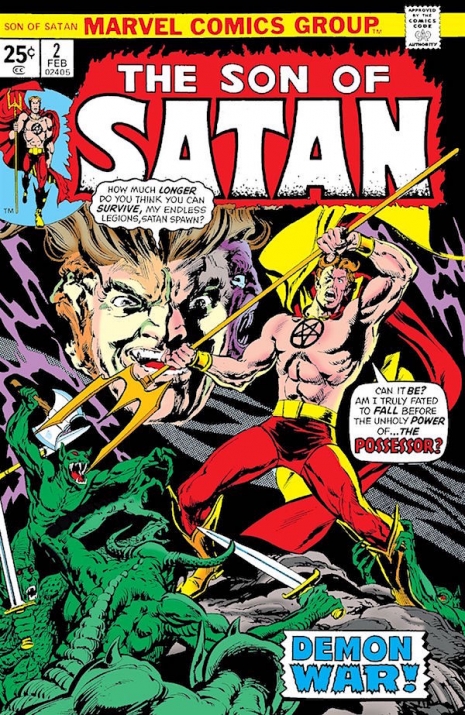

More thigh-bulging Son of Satan stuff, after the jump…












